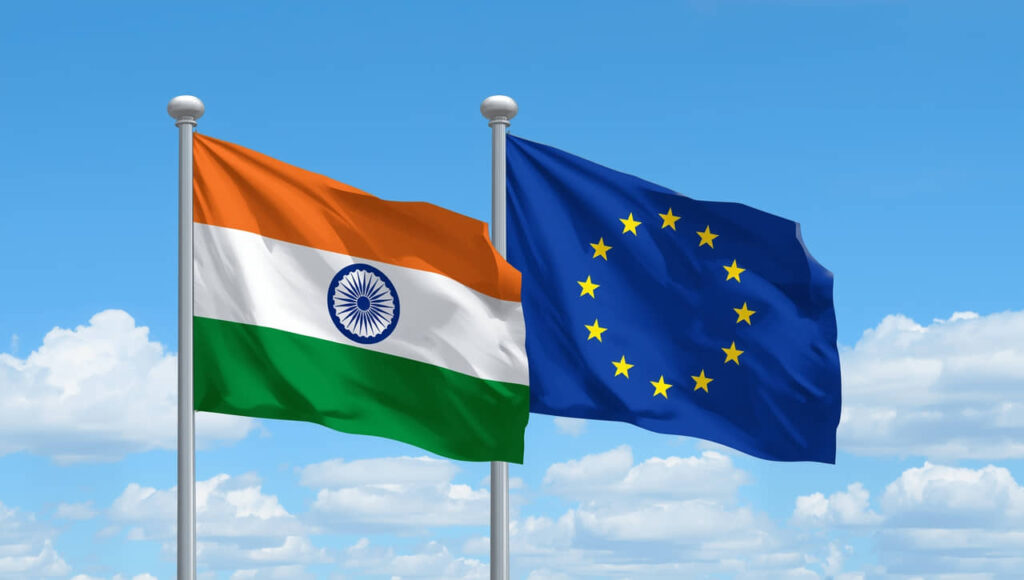A comprehensive FTA between the two sides is likely to be inked by 2025. The ambitious schedule underscores the two sides’ political will to enhance bilateral trade links, amid a world already riddled with economic dark clouds and a recent pause in talks. The talks will arrive at a crucial juncture, with both sides under intense pressure to address the remaining differences and build bridges across dozens of policy areas.
Background and Importance of the FTA
The India-EU trade pact is one of the most significant bilateral negotiations for India. It is expected to support India’s export efforts, expand market access, attract foreign investment, and harmonise trade standards within one of the world’s largest economic regions. The EU is India’s top trading partner in goods, and bilateral trade reached about $136.53 billion in 2024-25, with exports at USD 75.85 billion. Concluding this deal will create more market access opportunities for essential industries, including automotive, pharmaceuticals, steel, and electrical machinery, while addressing non-tariff barriers and regulatory issues.
Progress in Negotiations
The talks have made considerable advances, particularly since they resumed in June 2022 after an eight-year break. Round 14 of negotiations: trade in goods and services, rules of origin, and regulatory cooperation (Brussels, October 2025). The talks were aimed at reaching a deal by year-end. Indian officials, led by Commerce Secretary Rajesh Agrawal, and his EU counterparts have been trying to address market access, agricultural sensitivities, and regulatory issues.
In the latest round of talks, both sides have completed around half of the policy chapters on auto, steel, and digital trade rules, with some areas of disagreement still to be addressed, such as the EU’s Carbon Border Adjustment Mechanism (CBAM) and Deforestation Regulation (EUDR). India has sought preferential market access for its exports, particularly in labor-intensive sectors and sheets, against the EU’s environmental tariffs, which may damage India’s steel and aluminum exports.
Key Challenges and Remaining Issues
Though there have been promising advances, a few barriers still exist. Chinese regulations, too, such as CBAM, envisage tariffs of 20-35% on Indian exports of steel, aluminum, and cement, leading India to seek a middle path. India also seeks greater access for its automobile industry, an issue that gains urgency given the EU’s protectionist turn; it also demands clarity on how to tackle non-tariff barriers.
Other issues include standards for intellectual property, rules for digital trade, and ensuring that standards for drugs and medical devices are consistent. Both sides are trying to work through these differences by continuing to negotiate, and high-level officials from both sides, including trade commissioners, are working hard to reach an agreement.
Strategic Significance and Future Outlook
The finalization of the India-EU FTA would be historic in deepening economic ties and providing a template for future free trade pacts with other stakeholders, including the US, Oman, and New Zealand. It is likely to boost Indian exports in areas such as garments, pharmaceuticals, and machinery, and to establish a template for sustainable trade.
And with both sides’ determination to get a deal done by the December deadline, those face-to-face discussions are likely to ramp up in November and early December, in a bid to iron out remaining wrinkles and sign on the dotted line. This agreement is expected to provide new investment opportunities and enhance bilateral economic growth as well as India’s integration into the world trade system.
